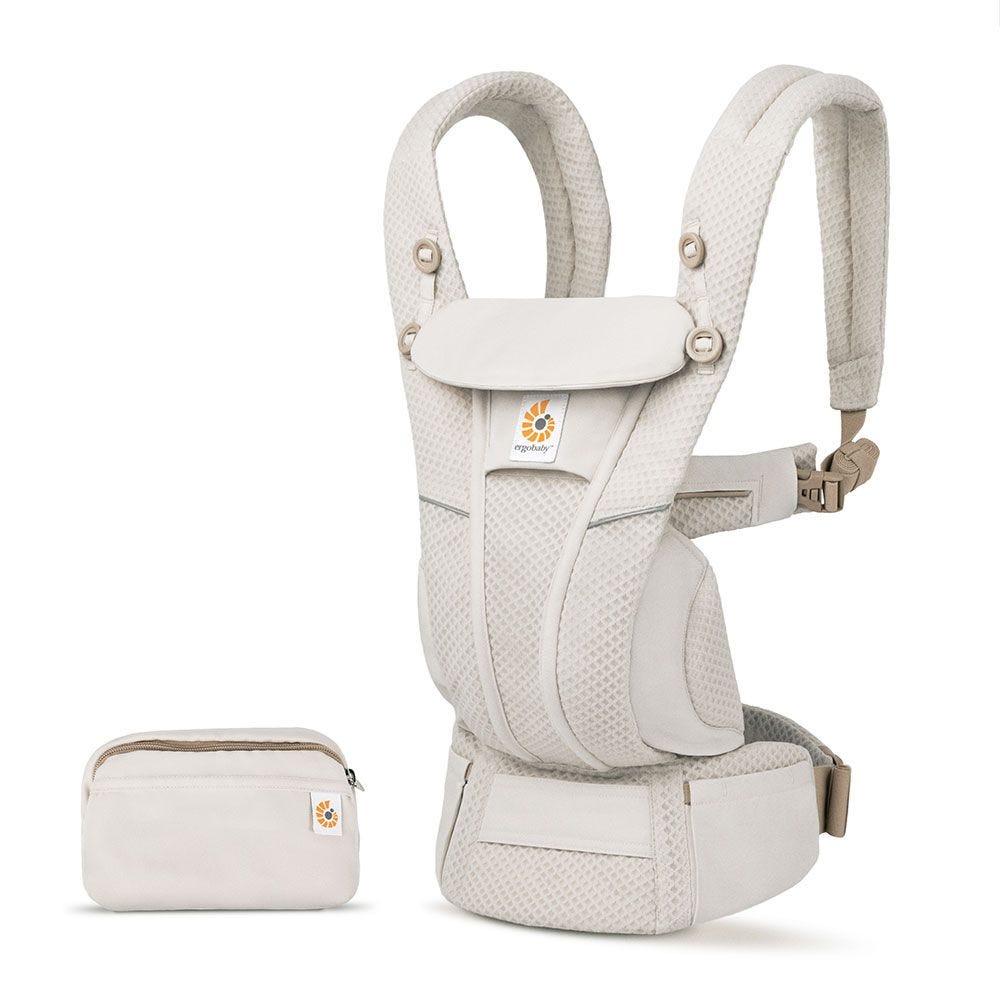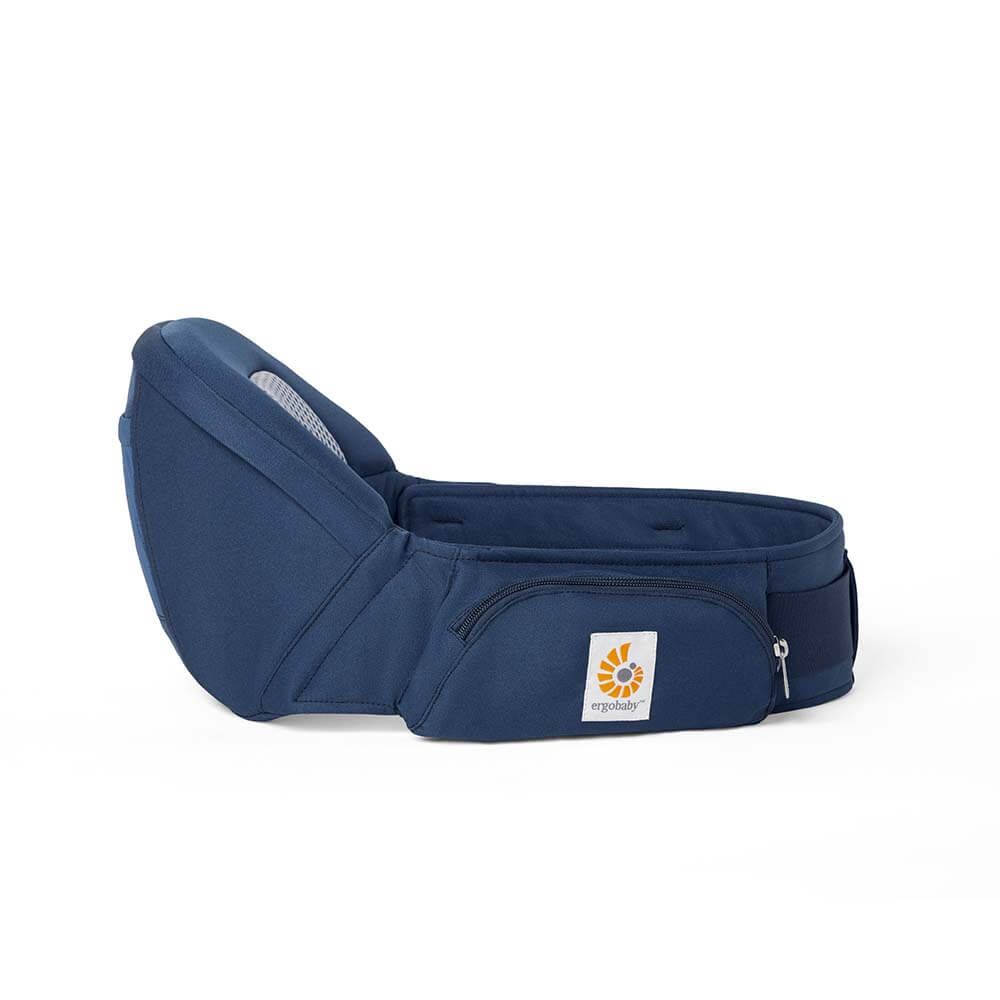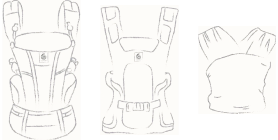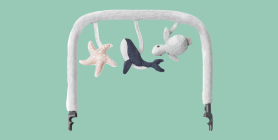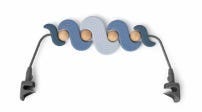Fever in Babies and Children: Signs, Causes, and What to Do
Fever in Babies and Children: Signs, Causes, and What to Do
As parents, it's natural to worry when your little one feels warm. Understanding what a fever is, its causes, and how to respond can help alleviate concerns and ensure your child receives the best care. Here's a comprehensive guide to understanding fever in babies and children, including when to call a doctor.
What is a fever in babies?
A fever is typically defined as a body temperature above the normal range. For babies, a normal temperature is usually around 97°F to 100.4°F (36.1°C to 38°C). A rectal temperature of 100.4°F (38°C) or higher generally indicates a fever. Signs of a fever may include a warm forehead, flushed cheeks, sweating, and a decrease in activity. It's important to note that a fever itself is not an illness but a symptom that the body is fighting off an infection.
What are the causes of a fever in babies?
Fevers can arise from a variety of causes, including:
- Infections: Most fevers in children are caused by viral or bacterial infections, such as the flu, colds, or ear infections.
- Immunizations: Some babies may develop a low-grade fever after receiving vaccinations.
- Teething: While teething can slightly raise body temperature, it typically does not cause a significant fever.
- Overdressing: Infants may develop a fever if they are overdressed or in a hot environment because their bodies can't regulate temperature as effectively as adults.
How to Take Your Baby’s Temperature
Accurately measuring your baby's temperature is crucial. Here's a guide on how to do it:
- Rectal Thermometer: Considered the most accurate for infants. Gently insert a lubricated thermometer into the rectum.
- Axillary (Armpit) Thermometer: Less accurate but easier for a quick check. Place the thermometer under the baby's arm.
- Temporal Artery Thermometer: A non-invasive option that scans the forehead for quick readings.
- Oral Thermometer: Suitable for older children who can hold the thermometer under their tongue.
Always clean and sanitize the thermometer before and after use.
Child Fever Temperature Chart

How to Break a Baby Fever
If your baby has a fever, there are several ways to help them feel more comfortable:
- Hydration: Keep your baby well-hydrated with breast milk, formula, or water if they are old enough.
- Light Clothing: Dress them in lightweight clothing and keep the room cool.
- Comfort Measures: A lukewarm bath or a cool washcloth on the forehead can help reduce body temperature.
- Medication: Baby fever medicine, such as infant acetaminophen or ibuprofen, can be used if recommended by your pediatrician. Always follow the dosage instructions carefully.
Remember, natural methods like hydration and cooling are often recommended first. Always consult with your doctor before administering any medication.
When it’s Time to Call a Doctor
Knowing when to seek medical attention is vital:
- Infants under 3 months: If they have a fever of 100.4°F (38°C) or higher, seek immediate medical care.
- Babies 3-6 months: If the fever reaches 102°F (38.9°C) or higher and they are unusually irritable, lethargic, or uncomfortable, contact your pediatrician.
- Older children: If the fever exceeds 104°F (40°C), persists for more than three days, or is accompanied by symptoms like a rash, trouble breathing, persistent vomiting, or severe headache, seek medical advice.
For emergencies, such as difficulty breathing, a fever lasting more than five days, or a seizure, call 911 or go to the emergency room immediately.
FAQs
- How to reduce fever in baby naturally?
Natural methods include keeping the baby hydrated, dressing them in light clothing, and using a cool washcloth.
- What is a fever for a baby?
A fever is typically a rectal temperature of 100.4°F (38°C) or higher in babies under 3 months.
- When to take baby to hospital for fever?
Take your baby to the hospital if they are under three months old with a fever, or if they have a high fever with severe symptoms.
- How to break a baby’s fever?
Use a combination of hydration, light clothing, cool baths, and medication if necessary, as advised by a pediatrician.
- When is a fever too high for a child?
A fever above 104°F (40°C) in children warrants immediate medical attention.
- What to do if baby has a fever?
First, remain calm. A fever is not always an emergency. Take their temperature to determine how high their fever is. Based on the child fever temperature chart above, decide If it's time to stay home and use home remedies, call the pediatrician for advice, or head to the hospital for immediate attention.
Fever in babies can be worrying, but understanding the signs, causes, and appropriate actions can make the situation manageable. Always consult with healthcare professionals for the best care for your child and before administering any medication.


